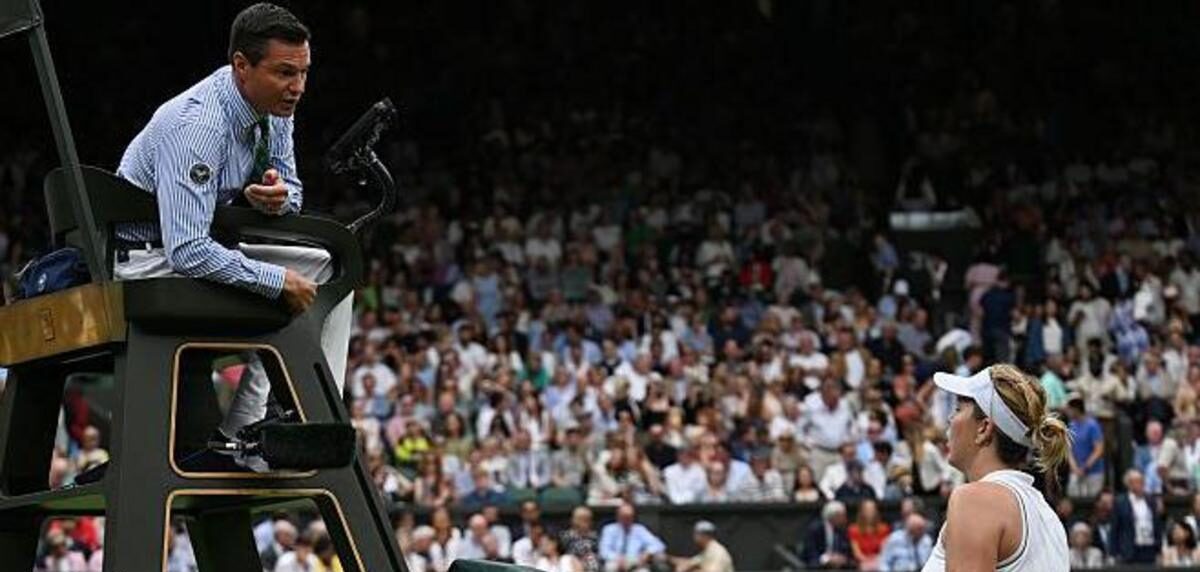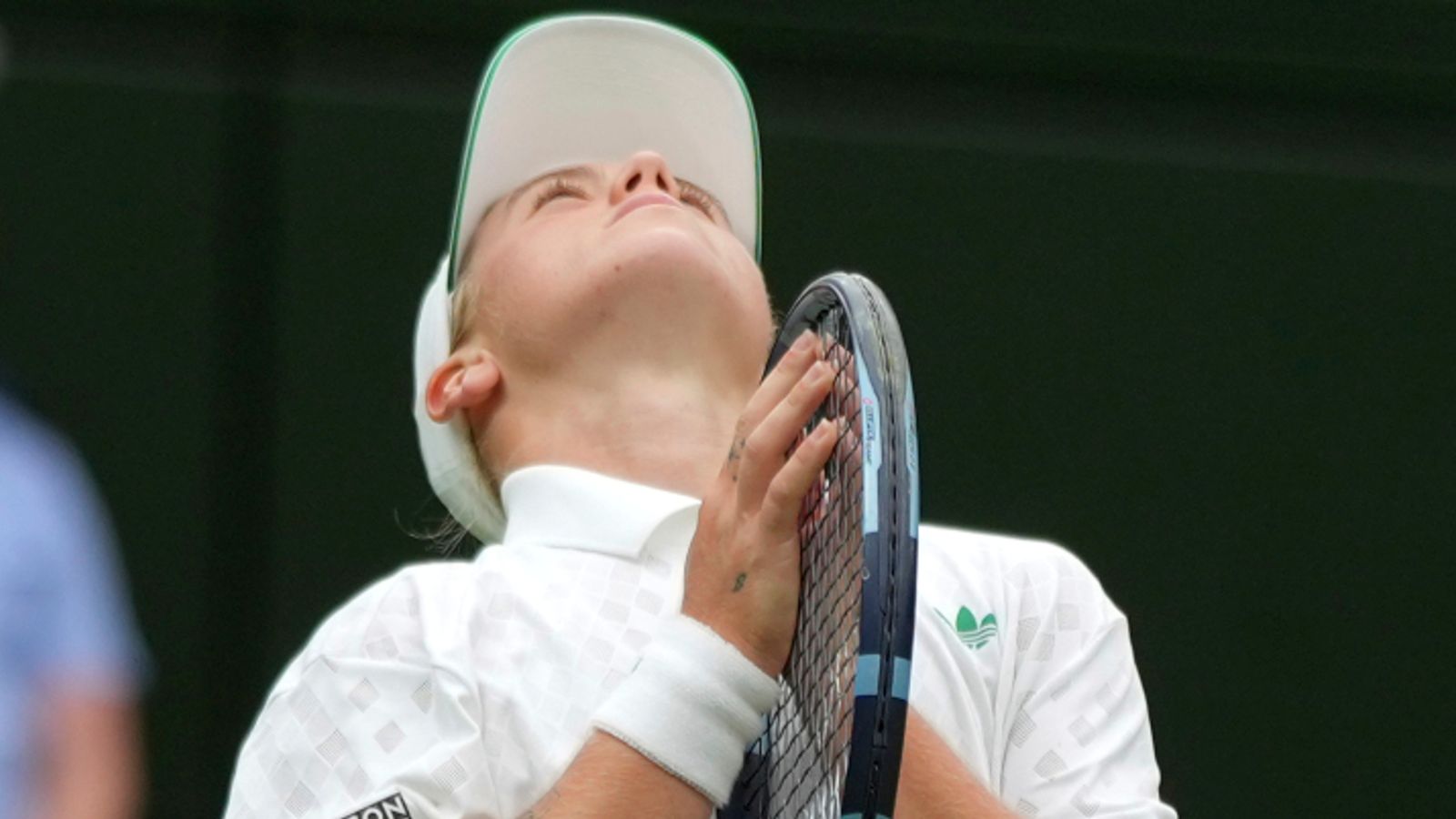Wimbledon 2025 has been marked by a significant controversy surrounding the use of electronic line-calling technology, culminating in a high-profile incident that led to an umpire being given a “rest day.” This episode has reignited debates over the reliability of technology in officiating and the critical role of human judgment in tennis.

The Incident: What Happened?
The controversy unfolded during a match on Centre Court, where the newly implemented automated line-calling system malfunctioned. For one crucial game, the system was inadvertently deactivated on one side of the court. As a result, three line calls were missed, including a pivotal shot from Sonay Kartal that landed clearly out but was not called as such. The failure to call the ball out denied Anastasia Pavlyuchenkova a 5-4 lead in the first set, and the umpire, Nico Helwerth, decided the point should be replayed. Kartal went on to win the game, further fueling the controversy.
Player and Public Reaction
Anastasia Pavlyuchenkova, visibly frustrated, confronted the umpire after the disputed game, stating, “You took the game away from me… stole the game from me. They stole it.” She later told reporters that she expected the umpire to overrule the missed call, emphasizing that the chair umpire’s proactive intervention is essential, especially when technology fails. Pavlyuchenkova’s comments echoed a broader sentiment among players, with several expressing distrust in the new system. British star Emma Raducanu labeled some calls as “dodgy,” while former Olympic champion Belinda Bencic noted that the technology had become a frequent topic in the locker room.
Wimbledon’s Response
Wimbledon officials quickly issued an apology to both players involved, admitting that the live electronic line-calling (ELC) system had been deactivated in error by those operating it. The statement clarified that the umpire was not made aware of the malfunction and followed the established process by replaying the point. Organizers stressed that the umpire acted according to protocol and that umpires, like players, require rest days during the tournament. Sally Bolton, Wimbledon’s chief executive, confirmed that Helwerth was “taking a rest day,” adding,
“It is crucial to emphasize that the umpire adhered to the protocols in place; he acted correctly on the court”.
The Role of the Umpire and Technology
According to the official rulebook, if the electronic line-calling system fails to provide a decision, the responsibility falls to the chair umpire. If the umpire cannot determine whether the ball was in or out, the point must be replayed. This protocol is only applicable to point-ending shots or when a player halts play. The incident has highlighted the delicate balance between technological assistance and human oversight in tennis officiating.
Broader Implications and Ongoing Debate
This year marked the first time Wimbledon relied exclusively on automated line-calling, replacing traditional line judges. While the technology aims to eliminate human error, its failure in a critical moment has led to renewed scrutiny. Players and fans alike are questioning whether the system is ready to fully supplant human officials, especially in high-stakes matches.
The controversy also underscores the psychological pressure on umpires, who must make split-second decisions in the glare of the global spotlight. The decision to grant the umpire a rest day was seen as both a practical necessity and a gesture of support amid intense scrutiny.
Conclusion
The “rest day” given to the umpire following the line-call controversy at Wimbledon 2025 has brought to the fore the challenges of integrating technology into sport. While automated systems promise greater accuracy, the human element remains indispensable—both for interpreting ambiguous situations and for maintaining the integrity of the game. As the tournament progresses, the debate over the future of officiating in tennis is set to continue, with players, officials, and fans all watching closely.

